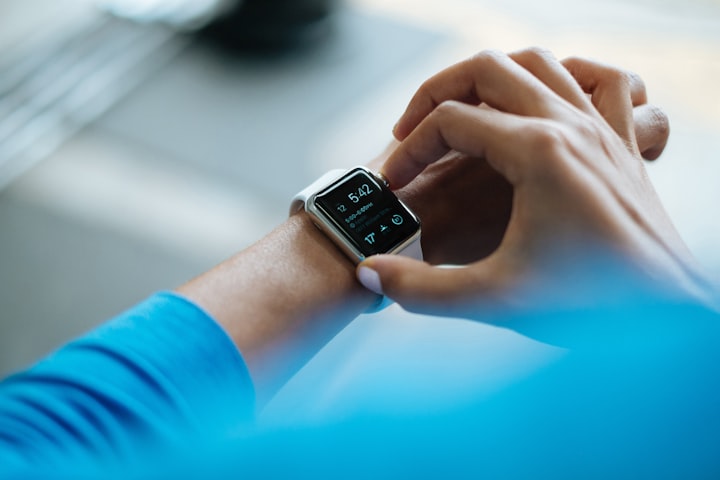Exercise and Ageing - How to Avoid Injuries While Staying Active
Being a senior does not mean you can't stay active - but you do need to know how to avoid injury.

It’s important to keep exercising once you hit 50 and beyond. Not only does it help keep you at a healthy weight, but it also helps your sense of well-being, your mental energy, and your emotional center. Plus, it’s a great way to get out of the house, be active, and socialize.
Research shows that frequent exercise can help prevent, or limit, a wide range of common afflictions for people over the age of 50, including:
- Heart disease and stroke
- Joint and muscle pain
- Type 2 diabetes
- Alzheimer’s
- A range of cancers
- Osteoporosis
- Arthritis
- High blood pressure
- Cholesterol
It should go without saying that you won’t be able to do the same kind of fitness routines that a 20 or 30-year-old would do. You also need to be mindful about pushing yourself too hard, as muscle strain, pain, and injury are all a greater risk to workouts as you age.
Nonetheless, there’s still plenty you can get up to.
1) Adjust your training
Younger people in the gym will talk about training particular parts of the body each day – they’ll be doing arms one day, legs the next. For seniors, this tends to be counter-intuitive, as exercise really needs to be whole of the body to hit those fitness goals.
A good schedule would be 3-4 trips to the gym each week, and sessions that aim to tone the whole body, rather than focus on a single muscle group.
2) Do weights
Both men and women should make sure that a good chunk of their exercise routines involves weights.
Start slow and with light weights (you don’t want to hurt yourself), but be sure to implement a range of weight-based exercises into your routines, and they will help protect your bone density.
3) Walk more
One of the best forms of exercise available to everyone is the simple act of walking. There’s no need for a gym membership, there’s no reason to get uncomfortably hot and sweaty.
There’s next to no risk of injury, and no need for recovery days. It’s something each of us can – and should – be doing every day.
Aim for 10,000 steps each day (which is likely much more than you’re currently walking).
This might mean putting the car keys away and walking to the shopping mall. Or covering the length of the local walking patch or beach. Did you know that over half of Americans wear a wearable fitness tracker at least once a day? Fitness trackers are great for monitoring your steps and how much exercise you’re getting each day, encouraging seniors to stay active and healthy.
The other great thing about walking is it can be a highly social activity if you walk with your spouse or friends, or it can be a great opportunity to tune out with some music or an audiobook on your iPhone.
Alternatively, you could consider getting a companion pet to help you exercise more frequently than you would normally do.
4) Consider yoga or Pilates (or Tai Chi)
Toning the core is critical for health and well-being at any age. With a strong core, you’re better balanced, less prone to injuries, more flexible, and can participate in higher intensity exercise.
You may not want to do so many crunches once you turn 50, but yoga, Tai Chi, and Pilates all offer excellent core-building exercises at minimal impact to the body, and allow you to slowly build to the more challenging stretches and exercises.
Summing up
Having fun while exercising is the perfect way to want to continue to do so. You’re not going to aim to be world champion, but social sports clubs, dancing, cycling groups, and more are available to you to socialize and put some goal-orientated organization into your fitness routines.
While you exercise, it is important to monitor heart rate, blood pressure, and so on. You want your heart rate to get up into a healthy range for your age, for example, but you don’t want to push it too hard.
To go with that, you also want to be eating clean food, and focusing on a highly nutritious diet that provides good energy and avoids nasty fats and carbohydrates. If you’re in any way concerned about your diet (particularly if you’re struggling to transition away from your eating habits as a younger person), then be sure to speak to a nutritionist.
With a robust exercise routine, retirement and beyond can be a deeply fulfilling and active time. You’ll find travel comfortable, you’ll have the energy for as many activities that you want to undertake, and in general, you’ll have the best time of your life.
About the Creator
Martin Bagel-Brown
Martin lives in Australia and works in web design. Martin enjoys golf, reading and underwater carpet skiing.






Comments
There are no comments for this story
Be the first to respond and start the conversation.